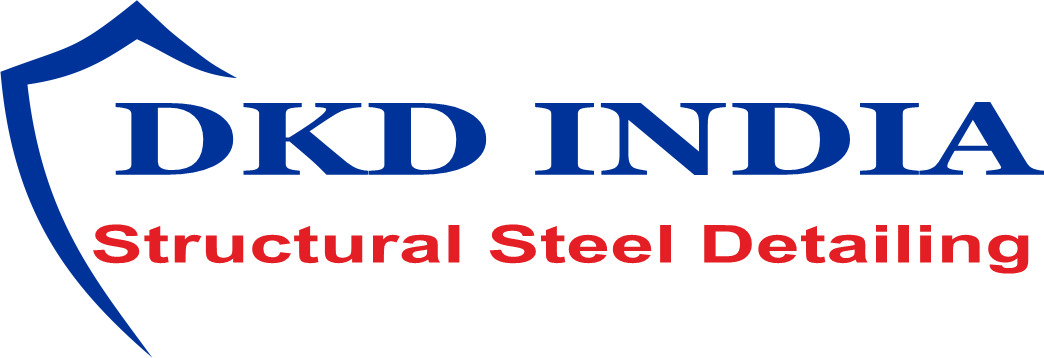The Monolithic construction is a legacy strategy that treats the complete software as a single unit. On the other hand, Microservices divide the appliance into smaller modules known as providers. Microservices aren’t just an method to improvement however a larger method to systems software program architecture that can have a ripple impact all through a complete company. The idea is interesting, and it could provide a myriad of advantages, however that has led a selection of companies to adopt microservices with out totally considering through the problems of doing so. With a small team and limited price range, a monolithic structure allows them to quickly construct and iterate, focusing on core features with out the overhead of coordinating multiple monolith vs microservices pros and cons companies.
Monolithic Vs Microservices Architecture: Professionals, Cons And Which To Choose On

For example, in an e-commerce software, when a customer locations an order, the Order Management Service might instantly name the Product Search Service to check if the merchandise is in stock earlier than continuing. In summary, profitable system design involves navigating trade-offs to create strong, environment friendly solutions that handle present and future challenges. Added organizational overhead – Teams have to add another stage of communication and collaboration to coordinate updates and interfaces. Agility – Promote agile methods of working with small groups that deploy regularly. Lack of flexibility – A monolith is constrained by the technologies already used within the monolith. Improve your developer experience, catalog all companies, and enhance software health.
Interested On This Legacy Integration Stuff? Subscribe For Extra

Understand that it might be a slow course of with possible bumps in the street, however in the lengthy run, your staff will be ready to create better apps sooner. While there are benefits and drawbacks to each types of software structure, one may make extra sense for your team. This enables fast and efficient unbiased development, adopted by merely coupling the providers together. While helpful in some instances, this additionally means it’s hard to herald new applied sciences or internet companies with out dismantling the entire app. In this case, microservices can help you to optimize and improve incrementally, without an excessive quantity of downtime or useful resource expenditure directly. Monolithic structure can be a good selection if you realize your product won’t need a lot of future scaling.
Who Should Use Microservices Architecture?
This makes monolithic architecture ideal for startups with out massive software development budgets. Identifying your business wants and goals is all the time the key to unlocking your organization’s potential. While microservices allow larger scalability and adaptability, additionally they require extra sources for service coordination and deployment management. An individual staff is typically answerable for every service utilized in a Microservices architecture. This allows for updating, testing, deployment, and scaling that’s individual to each service and creates manageable complexity. After analyzing the pros and cons, you may know which system will be best for your corporation.
- However, there are many extra factors to consider earlier than developing app infrastructure.
- Microservices can add elevated complexity that results in improvement sprawl, or speedy and unmanaged development.
- Additionally, the distributed character of microservices improves the way corporations work, permitting individual departments to perform duties independently.
- The changes utilized to considered one of these pieces don’t have an result on the others, making the event course of extra flexible.

Large monolith is harder to troubleshoot as a result of various dependencies and tight coupling between system elements. By this article, we’re going to understand one of the best use instances of Monolithic and Microservices Architecture and Design our E-Commerce software with each Monolithic and Microservices Architecture. I recommend utilizing microservices, especially when you know the functional scope and architecture of the system properly, and plan to develop it dynamically. Lastly, once you’ve identified the proper plan of action, instruments, and have your staff on board – you’re prepared to begin out migrating.

Barrier to expertise adoption – Any adjustments in the framework or language impacts the whole software, making modifications usually costly and time-consuming. To change one element, you should alter that singular code base and replace the entire system. In this course, we’re going to discover ways to Design Microservices Architecture with using Design Patterns, Principles and the Best Practices. We will start with designing Monolithic to Event-Driven Microservices step by step and together utilizing the proper structure design patterns and strategies. This all results in further organizational challenges, as groups must give attention to communicating effectively to ensure a cohesive final product. When choosing a migration service supplier, consider the features that they offer to maintain your microservice connections safe.
This type of structure is an efficient way to construct efficient software program, but not too flexible as a outcome of any change within the code will affect the whole unit. Because of this, we can use the modular monolithic architecture, before going on to microservices. Also, this sort of application normally makes use of only one type of database and one programming language for improvement. In the microservice architecture, every function of the appliance is in a separate codebase.
Monolithic structure is well-suited for smaller projects or these with comparatively low complexity. Popular applications like WordPress and Django observe this structure, where simplicity and fast growth are paramount. We create single functions as microservices, APIs, or different endpoints, which may be mechanically linked to parts inside your legacy system. These break up up system processes and features, enabling higher modularity and flexibility.
However, it comes with the complexity of managing multiple impartial buildings, which might impact general performance if not coordinated successfully. In this text, we are going to compare Monolithic vs Microservices Architecture. By this fashion, you will good perceive which design better fits your business necessities and capability. As you probably can see, both approaches have their advantages and disadvantages, so the ultimate choice should be decided by your business needs. If you’re trying to be taught extra, we do a deeper dive into the advantages of microservices in this article. This means there is no want to track vulnerabilities in hundreds of small components.
Microservices are ideal in terms of platforms masking many consumer journeys and workflows. But without proper microservices expertise, making use of this mannequin would be inconceivable. In this weblog, we’ll have a glance at the advantages of each sort of software program structure, as properly as various use instances and how you can migrate to a microservices architecture as your improvement group appears to scale. When you have to launch a new feature or replace, you have to redeploy the complete monolith. This can be a riskier and extra advanced course of, especially if the modifications are substantial. Microservices are way more able to handling this sort of data load than monolithic applications.
